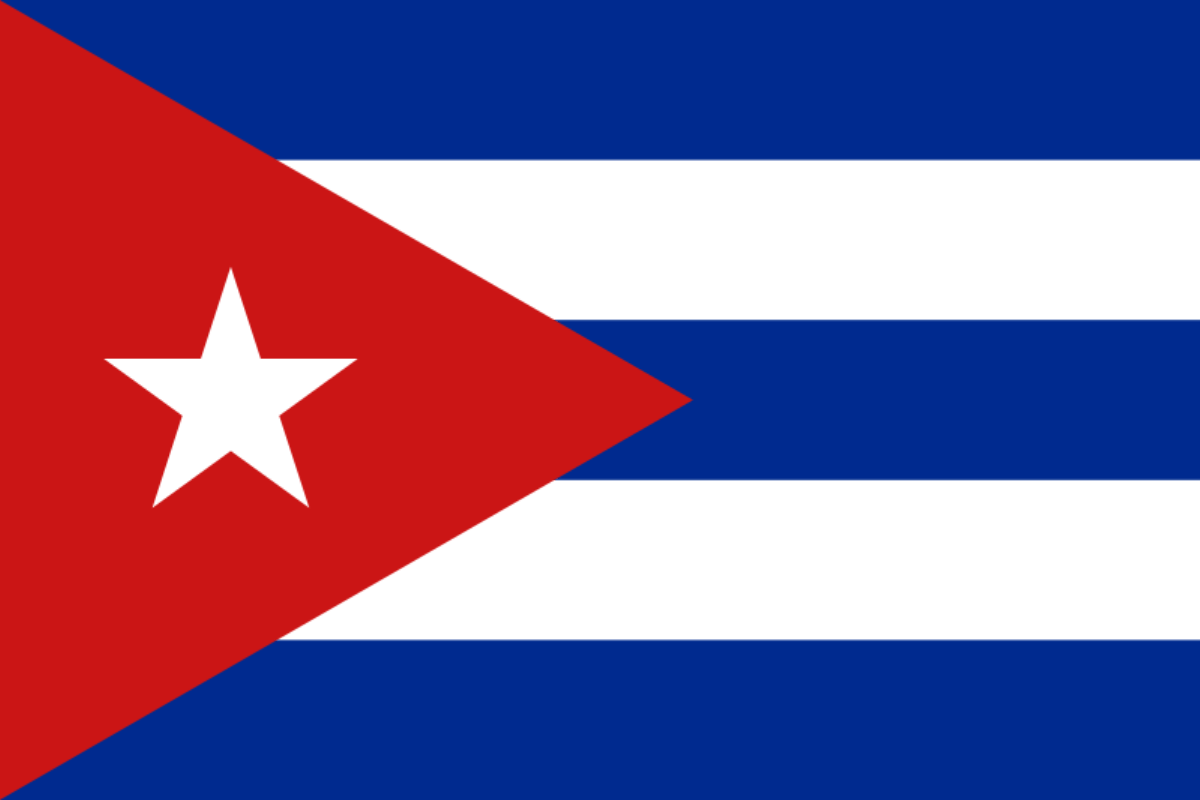The national animal of Cuba is the Cuban hutia. This is a rat-like mammal endemic to Cuba and some nearby islands. They are stout, furry rodents that are very common in some parts of the island and are sometimes considered a pest. They are, though, usually protected and it is illegal to hunt them without a license.
The Cuban national animal, then, is a rather small and unassuming creature as you might expect on an island nation.
They are important national symbols for a few different reasons and are considered to be a vital part of the country’s local ecosystems.
Let’s find out more.

What is the national animal of Cuba?
The national animal of Cuba is the Cuban hutia, also known as the Desmarest’s hutia.
This is mammal that is only found on Cuba, like a rat though generally a lot bigger than a rat.
They also bear a close resemblance to the capybara.
They tend to live in pairs for most of their lives though they can sometimes be found in larger groups where food is more abundant.
They are the largest extant members of their subfamily, usually measuring around 12 to 24 inches from head to rear end with a tail that’s anywhere from 5 to 11 inches long.
They usually weigh anywhere from 6 to 18 pounds.
Their fur is thick and coarse extending all the way to the tip of their tail.
The color can vary from black to brown.
Sometimes, they also show a light sand or red color.
They are stocky and have short legs, allowing for a slow, waddling gait though they can exhibit a faster hop when pursued or startled.
They have five toes and their large claws are very helpful for climbing, especially up trees and branches.
They have the most complex stomach of any rodent: it is divided into three compartments via constrictions in its gut.
They are found in a range of habitats.
They favor abundant mangroves in the northern part of the island, but southern populations are more commonly found in terrestrial habitats.
They are particularly common in Guantánamo. In the more mountainous areas of Cuba, such as in the east, their population numbers are steadily decreasing.
That said, they are still listed by the IUCN as of least concern and so remain well preserved for the time being.
Given that they are only found in Cuba, it is not surprising that they are important national symbols.
Why is Desmarest’s hutia the national animal of Cuba?
The hutia is an important animal to the Cuban people on multiple levels.
On the one hand, it is symbolic of many aspects of Cuban life.
They are seen as keystones of local ecosystems and so they have come to symbolically represent Cuban values.
As with any rodent, of course, you get mixed reactions from people to their presence.
Generally, though, the people of Cuba enjoy the presence of this cute rodent since they are not particularly seen in urban environments and are more just part of the natural landscape.
This is the other part of their importance in Cuba.
They are seen as embodiments of Cuban natural beauty.
Though, again, they may not be the most striking or impressive animal, they are still very important to the local ecology and without them, the natural makeup of the island would look very different.
Though, as mentioned, they are not under immediate threat of endangerment, their populations are decreasing in some areas, and hunting them is illegal without a license.
Thus, by making them the national animal, Cuba hopes to paint them not as pests but as important cultural and ecological keystones.
What does the Cuban hutia eat?
The Cuban hutia is mostly omnivorous, and where it can get access to abundant food sources from plants, it will eat mostly leaves, bark, and fruit.
They also dig for roots and tubers and will eat stems and virtually any part of the plant.
All of the water they need comes from the food they eat, so they are found of fruit when they can get it.
Sometimes, though, they will eat small vertebrates like lizards, though they generally favor plant food and will only turn to hunting when times get tougher.
It really depends on the local population in question and what foods are abundant.
Are Cuban hutia considered pests?
In some areas, hutia are abundant enough that they can cause problems for farmers and are known to eat crops.
As mentioned, their population numbers can vary a lot in different parts of the island, so it often simply comes down to a question of how many there are in a given area.
In terms of their official status, they are not considered pests by the government and you are not allowed to kill them without a permit.
So, for the most part, they are not considered pests except in some unusual circumstances where they have become so abundant that they are a problem.
These small rodents, then, are very important to the people of Cuba despite sometimes causing problems.
They are present all over the island and to most people they are cute and loveable members of the Cuban ecosystem.
National animals can vary a lot, though it’s certainly typical that a national animal be something physically large and traditionally impressive such as a lion or an eagle.
But the hutia is nonetheless impressive and important in its own right.

